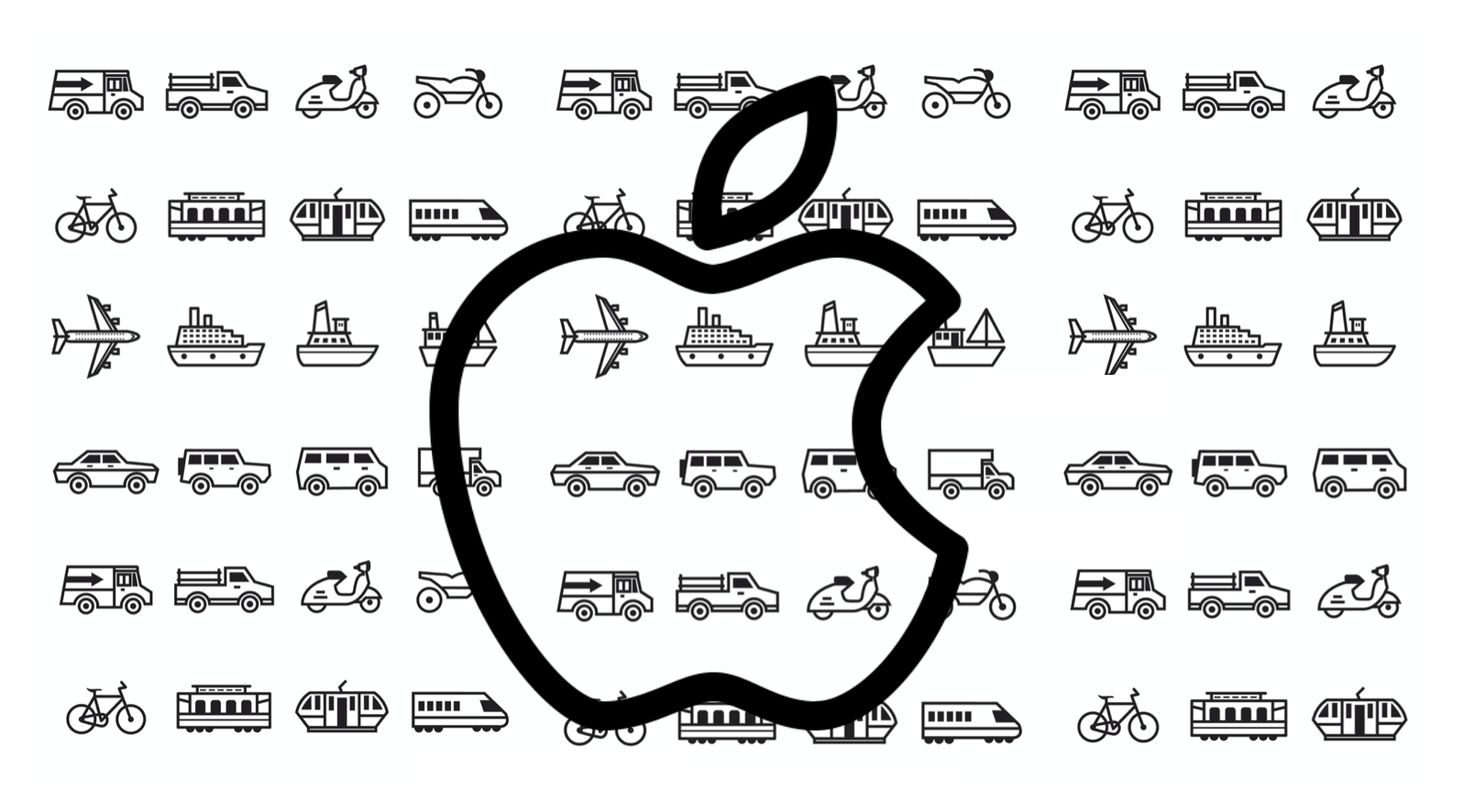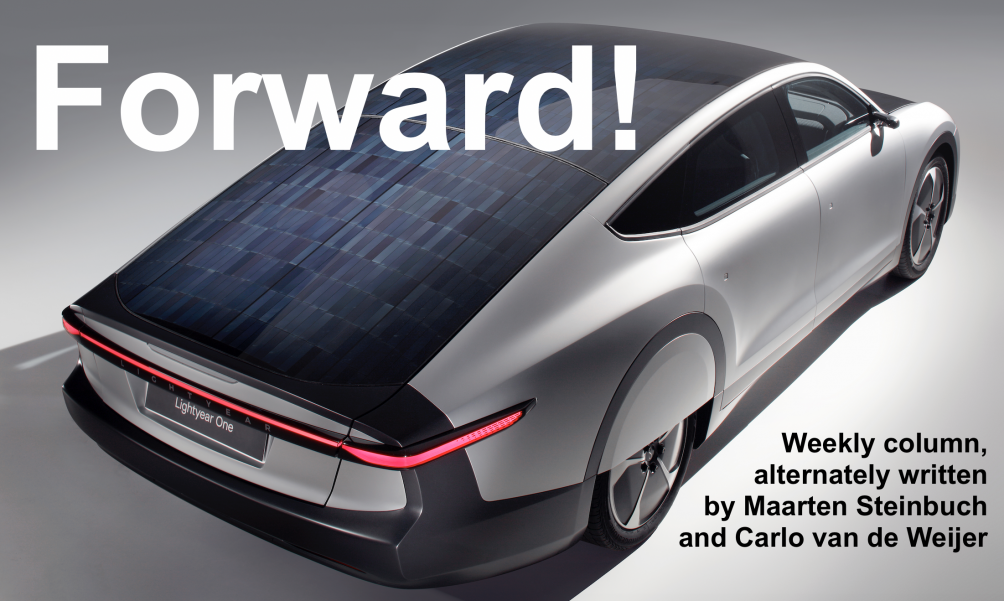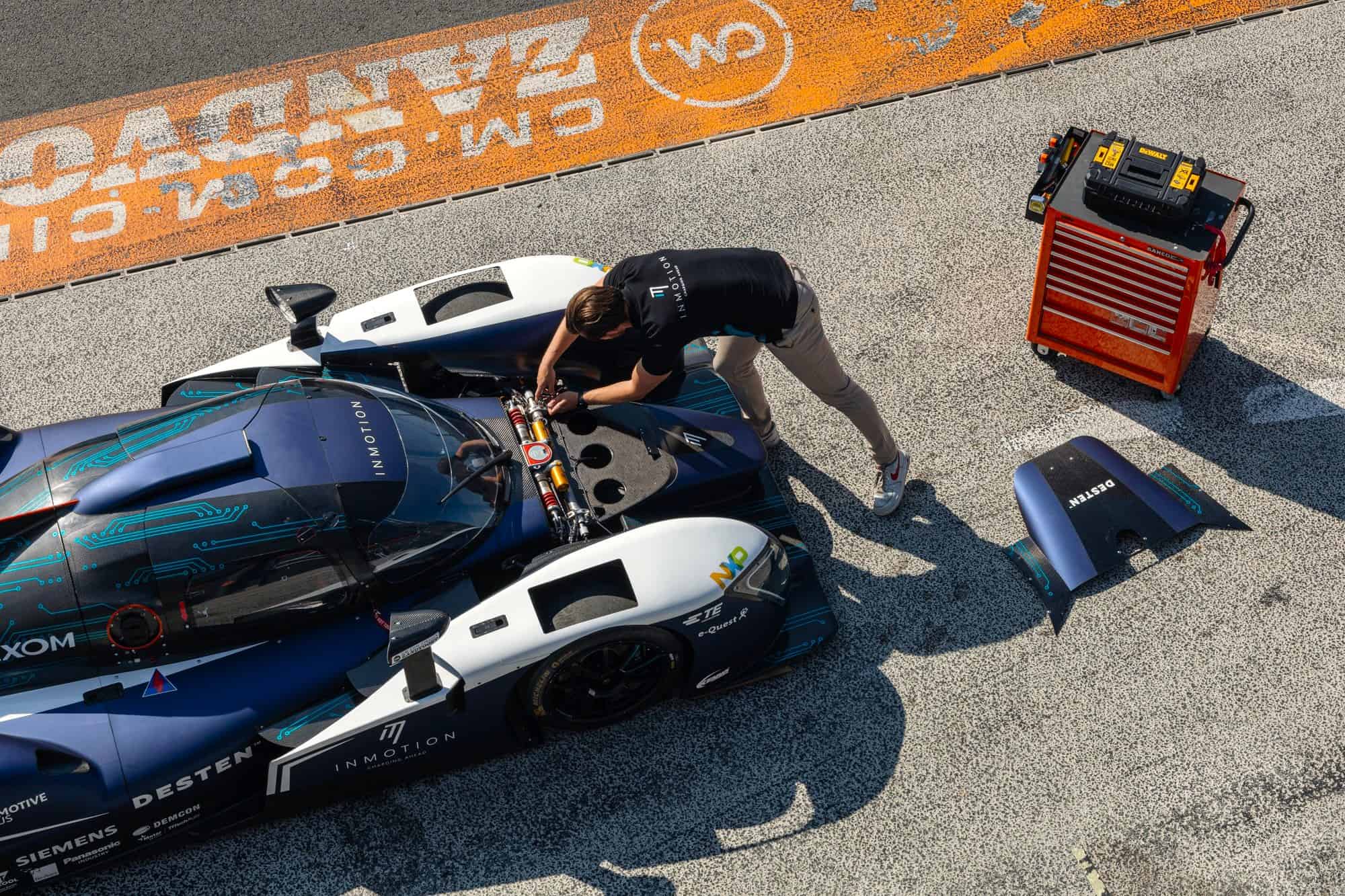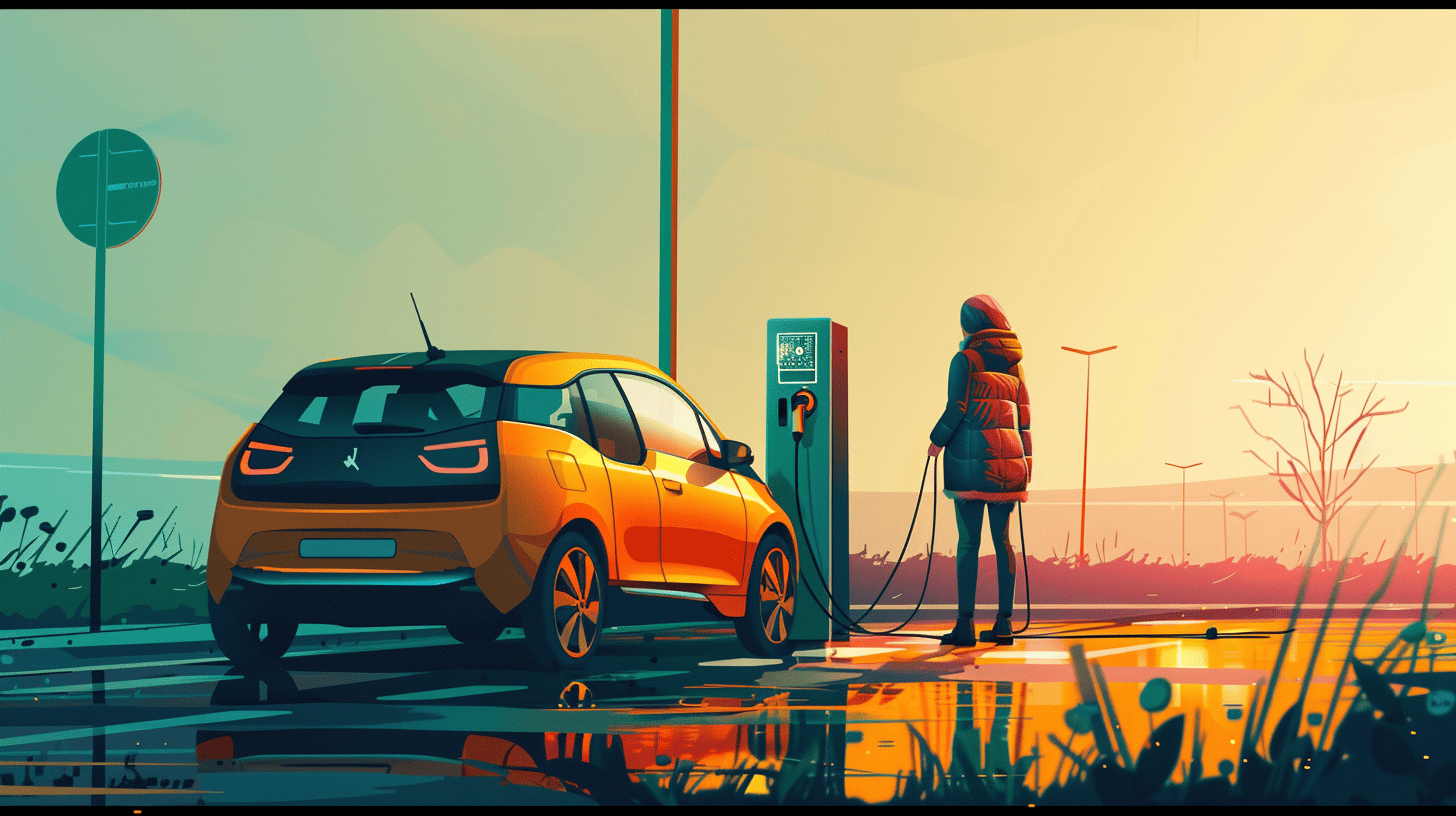
The rumors have been around for over five years: Apple is said to be in the process of developing its own car. Meanwhile, the plans seem to be getting more serious, as the news was widely shared through the international news media in recent weeks, although no official confirmation has yet been issued. The car would be available for sale from 2024 and would drive almost completely autonomously from the start, thanks in part to lidar technology, which Apple also applies in its state-of-the-art cell phones. In addition, the Apple car would have a long range and be able to be charged quickly through the use of new battery technology (these are probably solid-state batteries, but these are also just rumors). The image of the modern car as an iPad on wheels would come another step closer.
The reports about the Apple car fit the picture that the automotive sector is going through a major transition. Not only is the drivetrain becoming electric after 100 years of the hegemony of the internal combustion engine, but the car is also gaining value through smart software. The latter is being used for both the car’s ease of use and safety systems and self-driving functions. Sensor technology is automatically becoming cheaper, and the real challenges lie entirely in using the data generated by the sensors wisely. The learning algorithms needed to do this will soon determine the winners of this transition.

The great automobile transition partly explains the emergence of new players with unprecedented stock market valuations. For example, last week the new American manufacturer Rivian went public. After a few days of trading, its market value reached a solid $100 billion, easily outpacing the established automobile manufacturers. This while the brand has yet to deliver a single car to customers. Tesla’s stock price also rose more than 10% again in the past week. Its market capitalization now stands at a staggering $1100 bln, more than that of its ten largest competitors combined. The valuations are comparable to those of the large software companies, and with that, the market immediately indicates what it sees as the difference with the classic car manufacturers.
The small Sono Motors, the new German producer of relatively cheap electric cars with solar panels on the roof, benefited from this with its IPO: they too raised a lot of money to start their production. I wonder what our own Lightyear will do when they go public. By the way, I expect that we will see the Lightyear One on the road sooner than the Apple Car, which seems to be stuck in rumors.
Maarten Steinbuch and Carlo van de Weijer are alternately writing this weekly column, originally published (in Dutch) in FD. Did you like it? There’s more to enjoy: a book with a selection of these columns has just been published by 24U and distributed by Lecturis.






